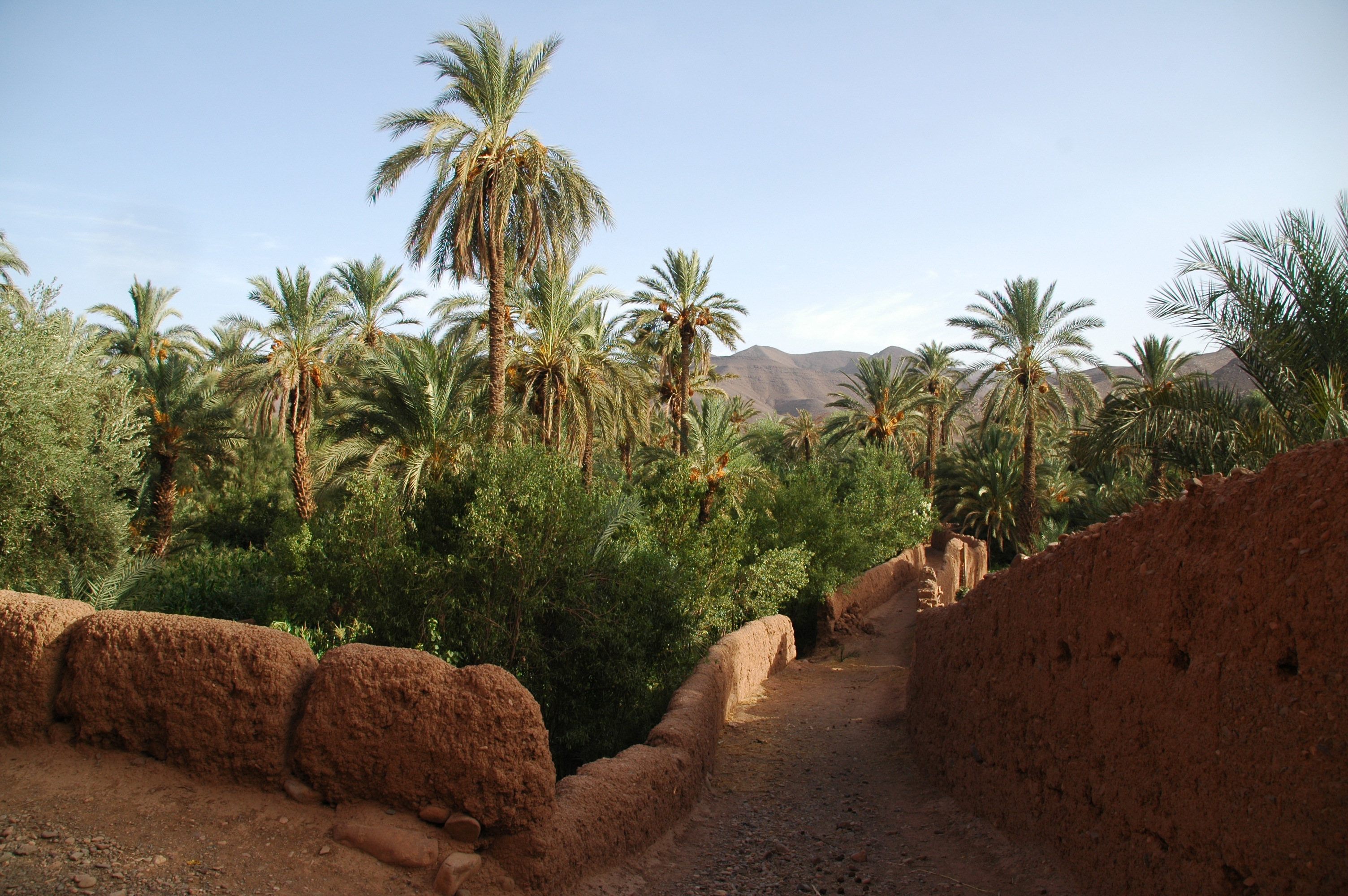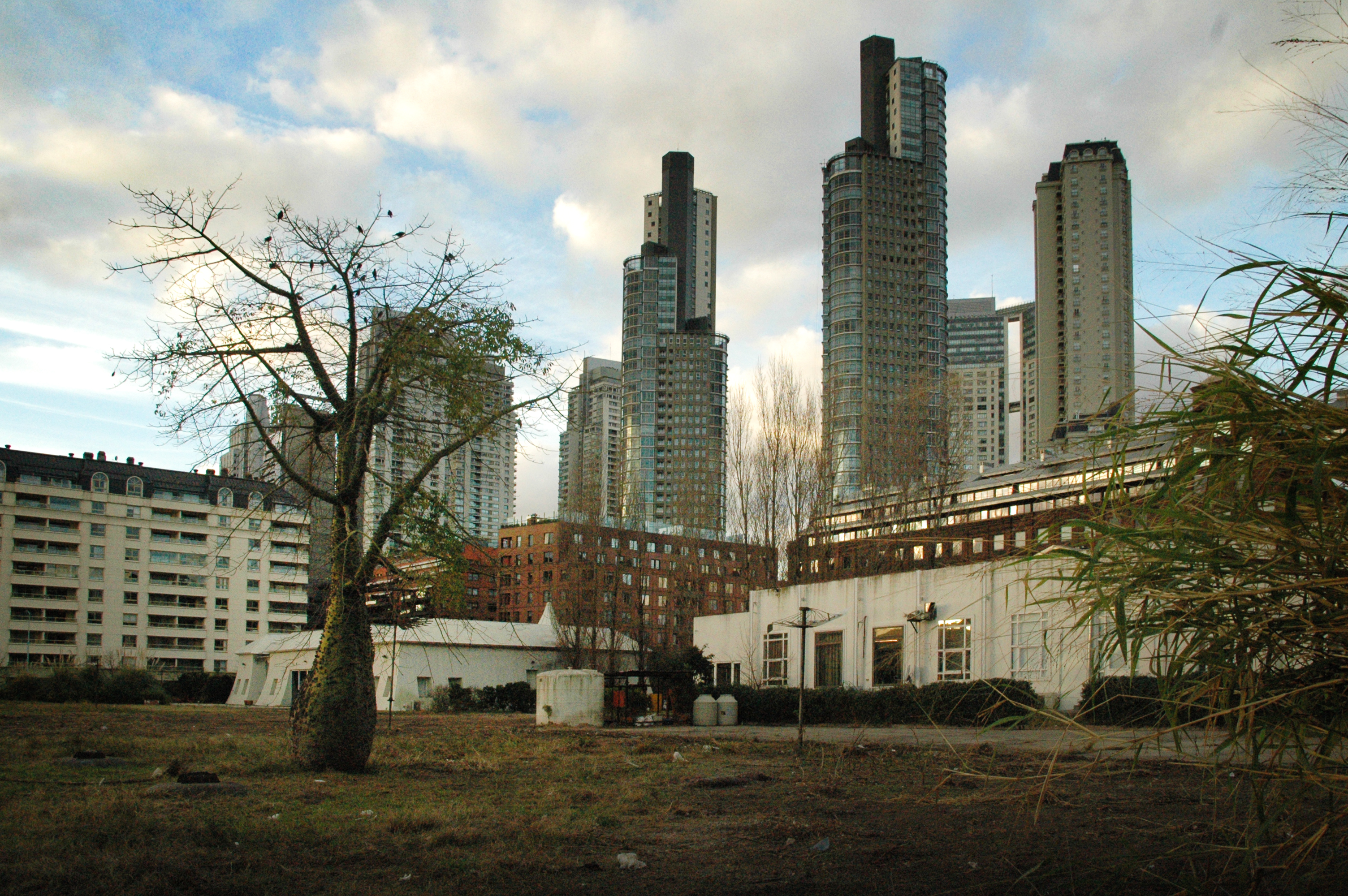Genuinely sustainable architecture
There’s no disputing the fact that the original purpose of architecture was to provide shelter. Finding a place to weather the elements, to seek protection and sanctuary from the harshness of the climate were the first steps in the long path taken by architecture. With this in mind, functionality and accessibility can be considered inherent features in housing architecture. The use of materials that are not only near-at-hand and easy to gather but that can also be quickly assembled is a matter of common sense. The seed of every piece of construction is the quest for simple ways of attaining the architecture’s ultimate goal – shelter.
This otherwise basic premise seems to have been forgotten. Conventional architecture has caused structure and surrounding to become completely separate entities – interior and exterior, construction and landscape, making the construction process more complicated, expensive and detached from its original purpose. These buildings are not meant to solve existing problems (or, more precisely, situations), but rather to pose problems with the intention of resolving them.
Before technological resources were thoroughly developed, the wisdom from previous generations, along with pure observation and experimentation were the foundations of every discipline. Though currently, popular architecture, which is often stigmatized, ismore often than not relegated to the “undeveloped” sectors of society. Construction wise, the terms ‘traditional’ or ‘popular’ architecture are readily associated with poverty, lack of resources and backwardness.
We even came up with new, ambiguous concepts – that are now in commonly used. Regarding terms such as ‘bioclimatic’, ‘sustainability’, or ‘bioarchitecture’, we could ask ourselves «what do they really mean?».
Even on academic programs in Technical Colleges, Popular Architecture is all too often ignored by Science and merely regarded as an oddity,a trifling matter. The upshot is that Popular Architecture is mistakenly assimilated with the term “rural architecture”.
Present regulations reinforce the issue. While structures made primarily from metal or concrete are chiefly regulated, most of regulations pay much attention to buildings composed of certain materials that have been part of their architecture for centuries – clay (such as rammed earth, unfired clay, adobe or any of its forms), vegetal fibres, the earth and its soil (earth buildings), or even recycled materials. Most of them are environmentally friendly, inexpensive and easy to gather, and yet they remain unregulated by laws. This means the amount of projects that employ them has been narrowed down significantly, since they would require more responsibility and extra worry from the architect.
It’s refreshing to see,however, that so many people – from university students to professionals in different fields – remain or becomeinterested in the dialogue between ‘man, landscape and architecture’. Every day new projects concerning the reinterpretation of a particular, highly used popular typology are undertaken, even if most of them never reach the public. A different and contemporary architecture that is not only environmentally friendly, but that also embellishes the landscape and becomes part of it is indeed possible.
Traditional architecture must be studied at a regional level, due to its very localised circumstances and conditions, which can belinked to its natural, cultural, historic and even religious environment. Bioclimatic architecture made the mistake of applying general solutions to particular problems. A quest for a panacea that can be used in thousands of different situations around the globe, with a narrow margin of variability. Regional studies present us with aninfinite number of situations, as many typologies as points can be indicated on a map. This might explain why rather than being considered a solid foundation it is generally seen as unfathomable.
So, how best can we comprehend all these experiences? A summary certainly needs to be carried out – a thorough network, which includes every past and present, to show that it’s neither marginal nor exclusively rural architecture, but rather a proper and legitimate field of study.
Not long ago I had the opportunity to attend a seminar on Agroecology and Climate Change, where an interesting question was posed:
In 2003, more than 50% of the world population lived in cities. As for South America, the amount of urban population has tripled over the last 40 years, resulting in a number of problems in social and natural vulnerability. If cities are the core of human population, then how do you explain urban sustainability? Is this concept logical? Is it Plausible?
Present society is at breaking point. Economic crisis, climate change, the overexploitation of natural resources etc. is leadingus, as we all know, to a point of no return. We’ll come up against some crossroads, after which all of these experiences will be of the utmost importance.
We firmly claimto be able toguarantee environmental sustainability, blind to the fact that it is sustainable in itself. The key is to focus on the sustainability of the systems that influence it, architecture being one of them.
‘Ecosystem’ is defined as the sum of every living and inert being in a given location. The whole of the materials in an environment and with which the organisms interact (the air, earth, water and sun) and the energy necessary for their development. The energy that supports life. In light of this, can we create an urban ecosystem? Rural architecture may indeed be the answer. May the (net) workbegin?
Photography & Writing by : Ana Asensio Rodríguez / Translated by: Jacinto Castillo & Jennifer Hutchinson / Originally written forPlataforma Arquitectura / First issue: 7 de Marzo del 2012


